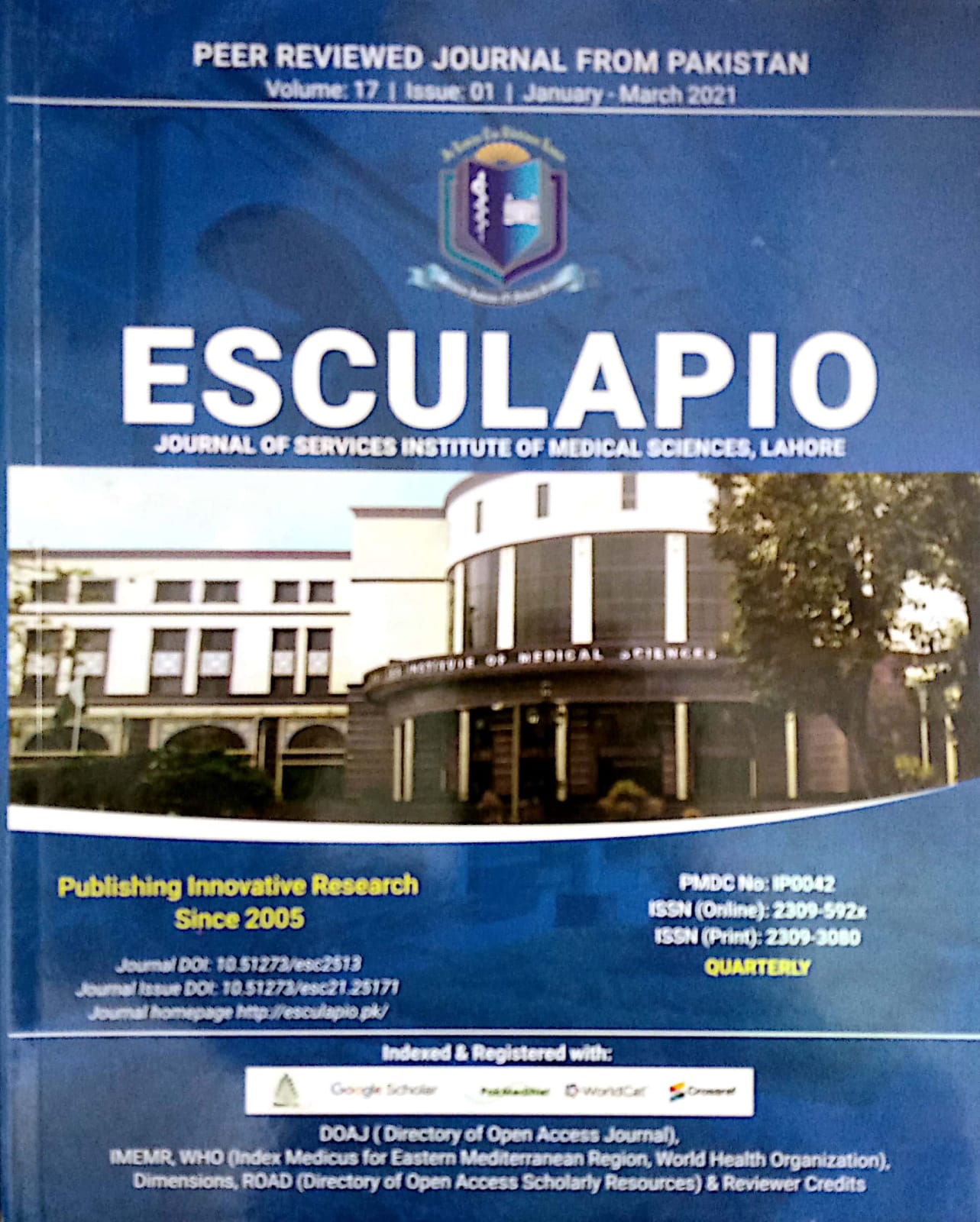Comparison of Intravenous Magnesium Sulphate and Lidocaine Effects on Attenuating Haemodynamic Variables to Laryngoscopy and Intubation in Patient Undergoing General Anesthesia
DOI:
https://doi.org/10.51273/esc21.2517113Keywords:
Haemodynamic response, laryngoscopy, Intubation, magnesium sulphate, lignocaineAbstract
Objective: To determine the effect of intravenous xylocaine and magnesium sulfate on attenuation of hemodynamic response to laryngoscopy and intubation in patients undergoing general anaesthesia.
Methods: This was a randomized controlled study carried out at operation theaters of services hospital lahore after obtaining approval from IRB of hospital. The data was collected over period of six month from 20.05.2020 to 20.12.2020 through electronic databases. 60 patients were divided into two groups of 30 each by lottery method in this randomized control trial. Intravenous magnesium sulphate 30 mg/ kg diluted in 50 ml normal saline 15 min before induction was administered in M group and 50 ml normal saline given in L group. Induction was done with propofol 2 mg/ kg, followed by suxamethonium 2 mg/ kg. I/V lignocaine 1.5 mg/kg diluted in N/S (5ml) was given as bolus in L group and 5 ml N/S IV bolus in M group 1 minute before intubation. Laryngoscopy was performed and the trachea was intubated after 1 minute. HR, systolic (SBP), diastolic (DBP) and mean arterial pressures (MAP) were measured just before securing intravenous access, just before induction, after intubation and 1,3,5 min post intubation.
Results: Mean age for both groups was 36.0±12.8 and 38.2±10.8. Mean HR was significantly different between two groups immediately after intubation (p=0.010), and at 1, 3 and 5 minutes also (p=0.004, p=0.018 and p=0.024) respectively. No significant difference was seen in systolic, diastolic and mean blood pressures at intubation, 1 minute, 3 minutes and 5 minutes after intubation among the groups (p>0.05).
Conclusion: Both Magnesian Sulfate and lignocaine are effective in attenuating haemodynamic response to laryngoscopy and intubation but magnesium sulphate provides better efficacy in control of heart rate.
How to cite: Azam M., Amjad A.W.M., A. Khaleeq S., Asad N. Comparison of Intravenous Magnesium Sulphate and Lidocaine effects on attenuating haemodynamic variables to laryngoscopy and intubation in patient undergoing general anesthesia. Esculapio 2021; 17(01):










